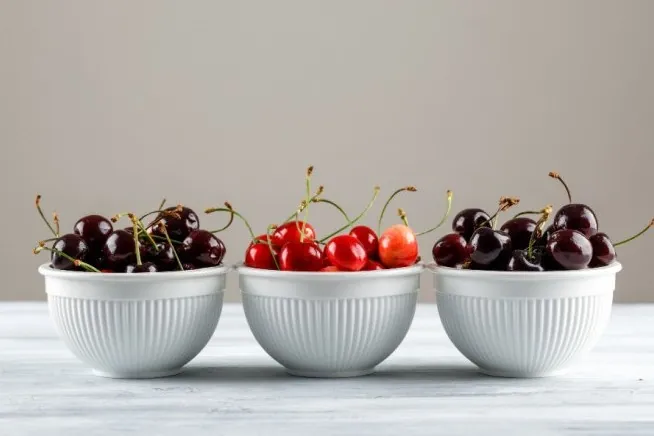In Michigan, the beating heart of U.S. cherry production, young farmer Talon Felker is rewriting the rules of agri-food communication. Manager of Cherry Ke farm, Felker has become a social media reference point for those wanting to understand what fruit farming really means in the United States.
With a well-balanced mix of technical expertise, visual storytelling, and passion for specialty crops, Felker shares his daily life on platforms like YouTube, where his channel “Pomes and Stones” has already gathered 6,000 subscribers and nearly 4 million views in just over a year.
From tree to content
Cherry Ke’s farming operation, based in Kewadin, north of Traverse City, covers 2,400 acres (around 970 hectares) spread across five counties. The farm specializes in Montmorency tart cherries (98%), with small amounts of sweet and Balaton varieties, and also grows 35 acres (around 14 hectares) of apples—Honeycrisp, Gala, Jonagold, and Ambrosia—planted in 2021 with the first harvest expected in 2024.
Through the cooperative Shoreline Fruit Growers (SFG), which handles around 20% of the national tart cherry production, Cherry Ke’s fruit is processed into juices, concentrates, dried cherries, and sold in various markets, including the well-known Maraschino segment.
“It’s essential to plant varieties that consumers want,” says Felker, “both for apples and cherries. Only this way can we maintain interest and support sales.”
Challenges in the field
Like many fruit growers, Felker faces tough enemies: Drosophila suzukii and plum curculio are the main threats for cherries, while apples are mostly affected by scab, fire blight, and powdery mildew.
“It’s all about timing,” he explains. “Having an Integrated Pest Management (IPM) plan is just the beginning. You need constant monitoring, traps, attention to weather, and the ability to adapt. In organic production, an infestation can become nearly unmanageable.”
Among the adopted technologies are GPS systems for precise tree planting, frost-prevention towers and fans made with recycled engines, and school buses repurposed for spraying. A vision that blends traditional farming ingenuity with smart innovation.
Communicating agriculture
The idea of bringing his daily work to social media came from observation: “I saw other farmers, especially in row crops, sharing their reality. And I thought: I can do this too, showing the beauty and the struggle of our sector,” says Felker.
His content tells the story of seasonal work, hardships, successes, and family life on the farm. “I was struck by the wide audience I reached: men and women of all ages, even from other countries. It confirms there’s a hunger for authenticity and curiosity about where food comes from.”
The need to communicate became even stronger last summer, when he saw shelves full of imported cherries while local farms were harvesting ultra-fresh fruit just a few miles away. “Consumers want to know where their food comes from. And today, more than ever, we have the tools to show them.”
Conclusion: agriculture as storytelling
With Cherry Ke, Talon Felker is growing more than fruit—he’s cultivating awareness. His experience shows that today a farm can (and must) also be a media outlet, capable of educating, engaging, and narrating with transparency what happens in the fields.
The future of agri-food lies here too: in the ability to connect land and digital, seasonality and innovation, consumers and producers. In a world that increasingly demands traceability and authenticity, Felker’s voice represents a new generation of farmers unafraid to tell their story.
Source: fruitgrowersnews.com
Cherry Times - All rights reserved












